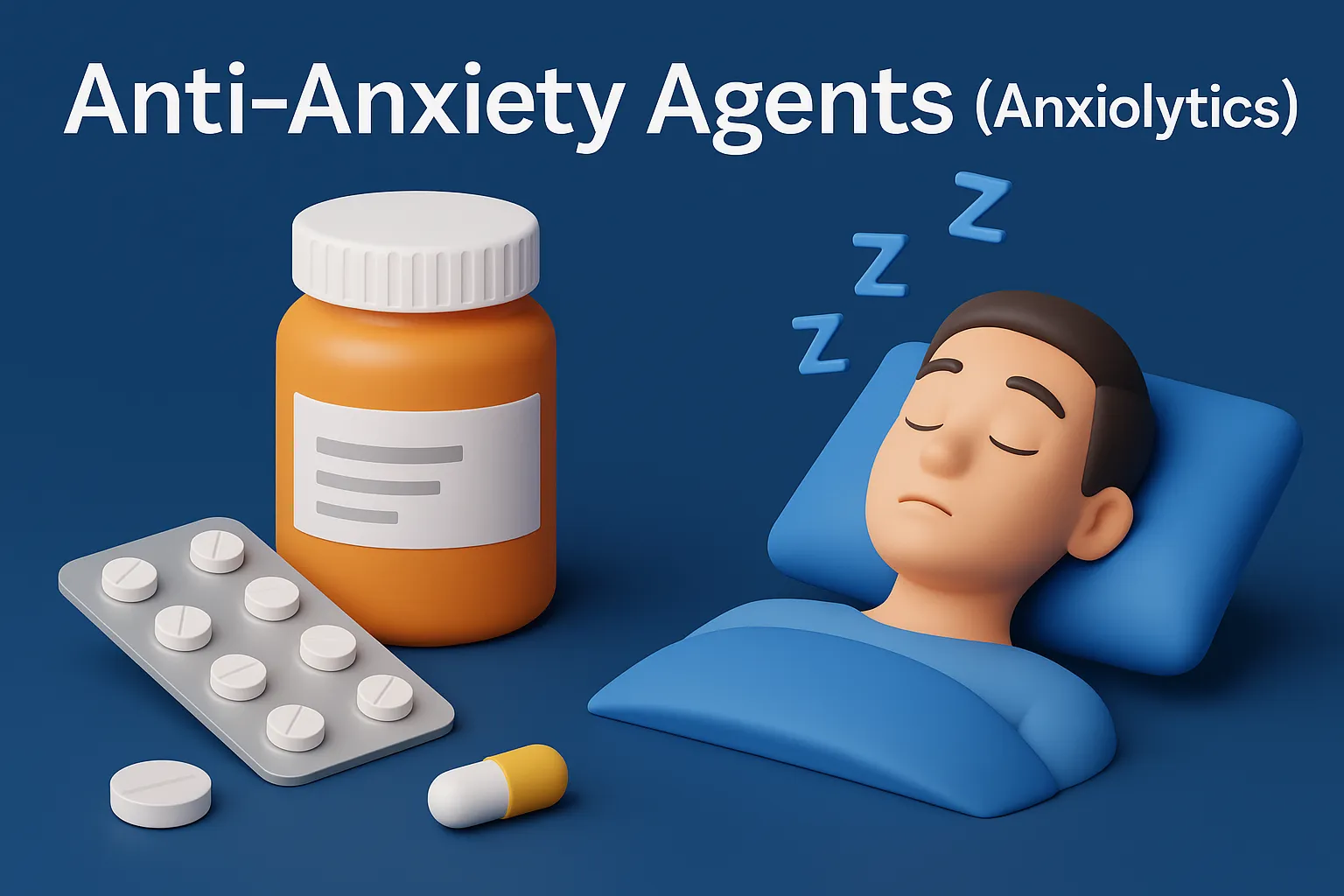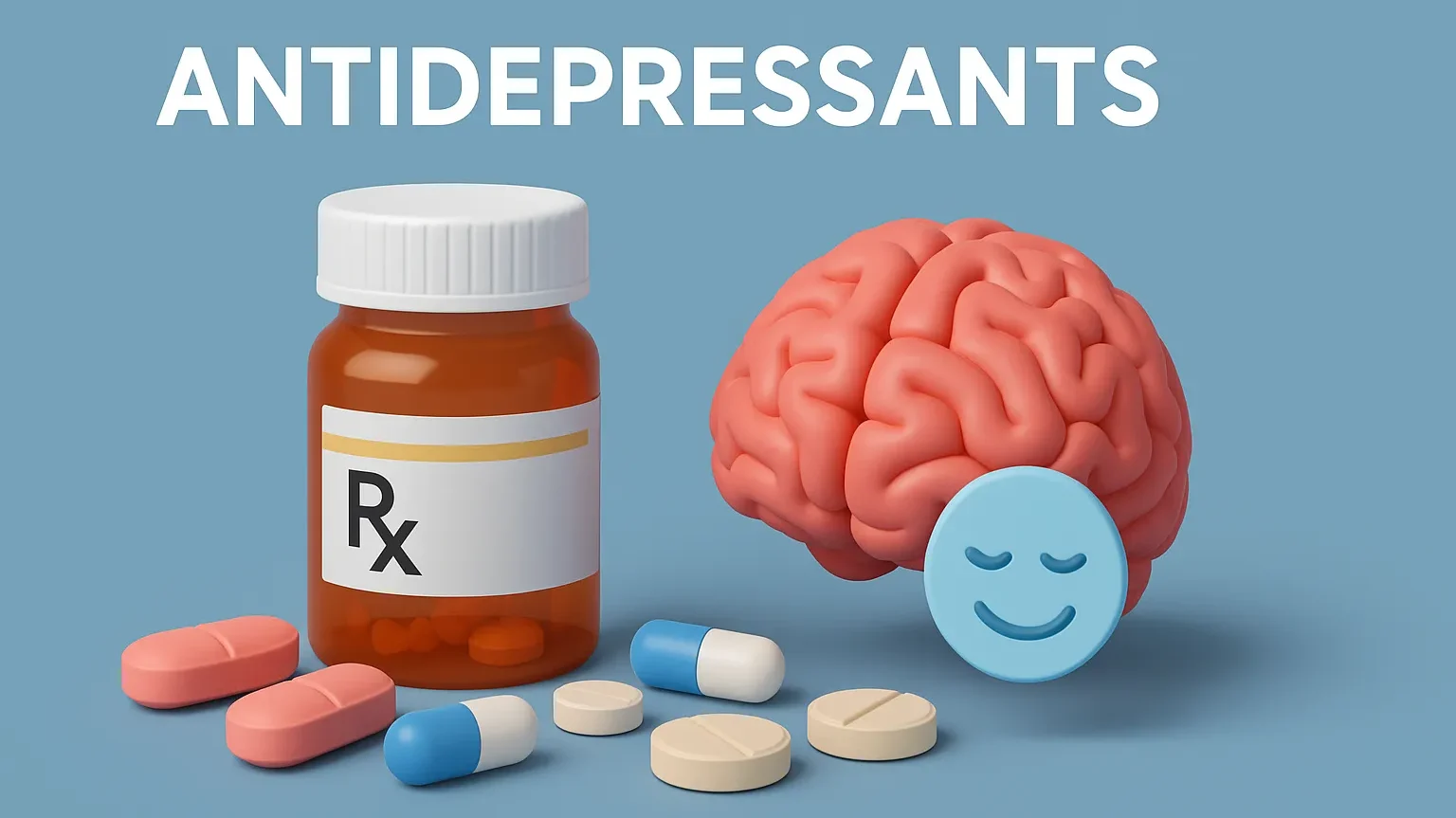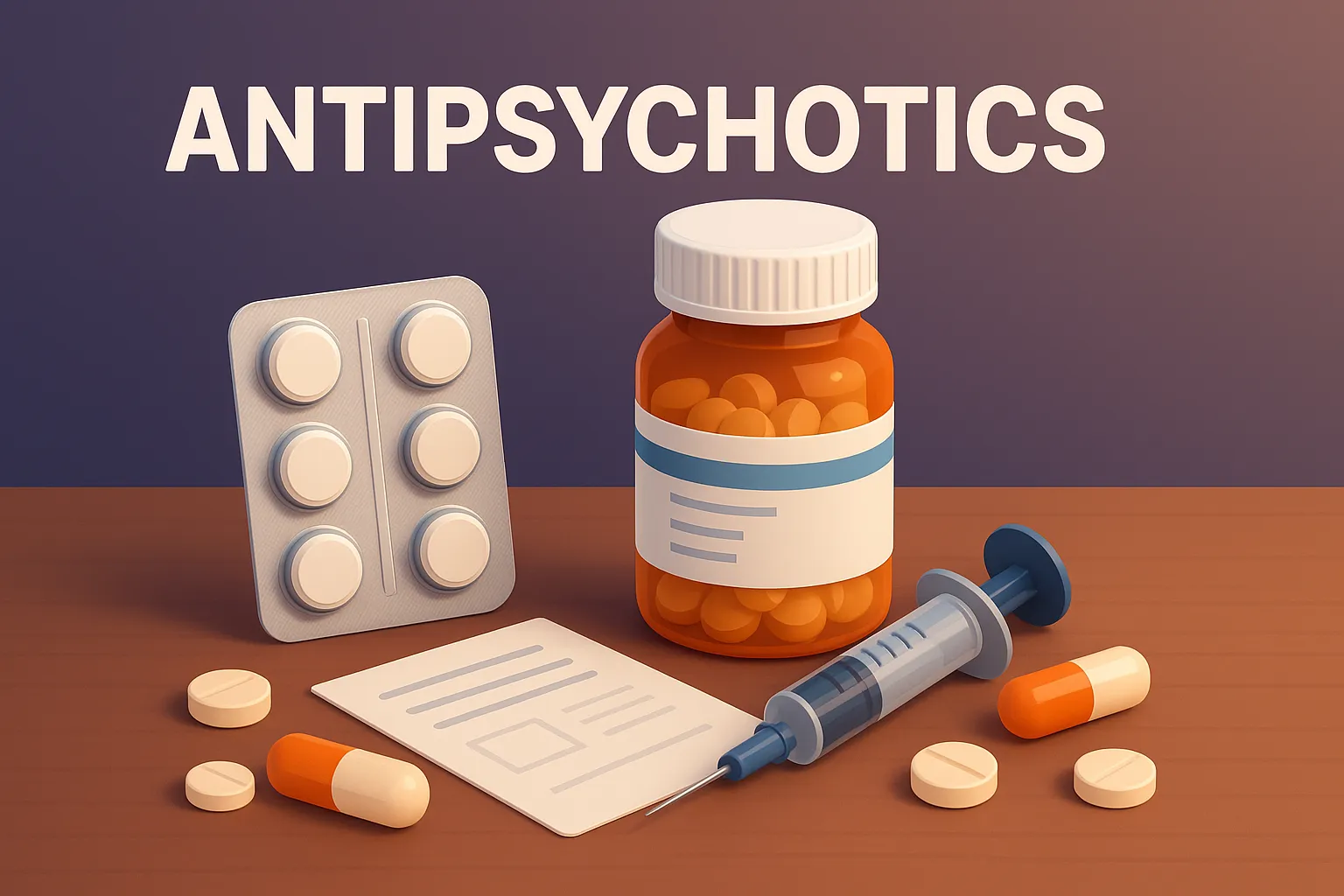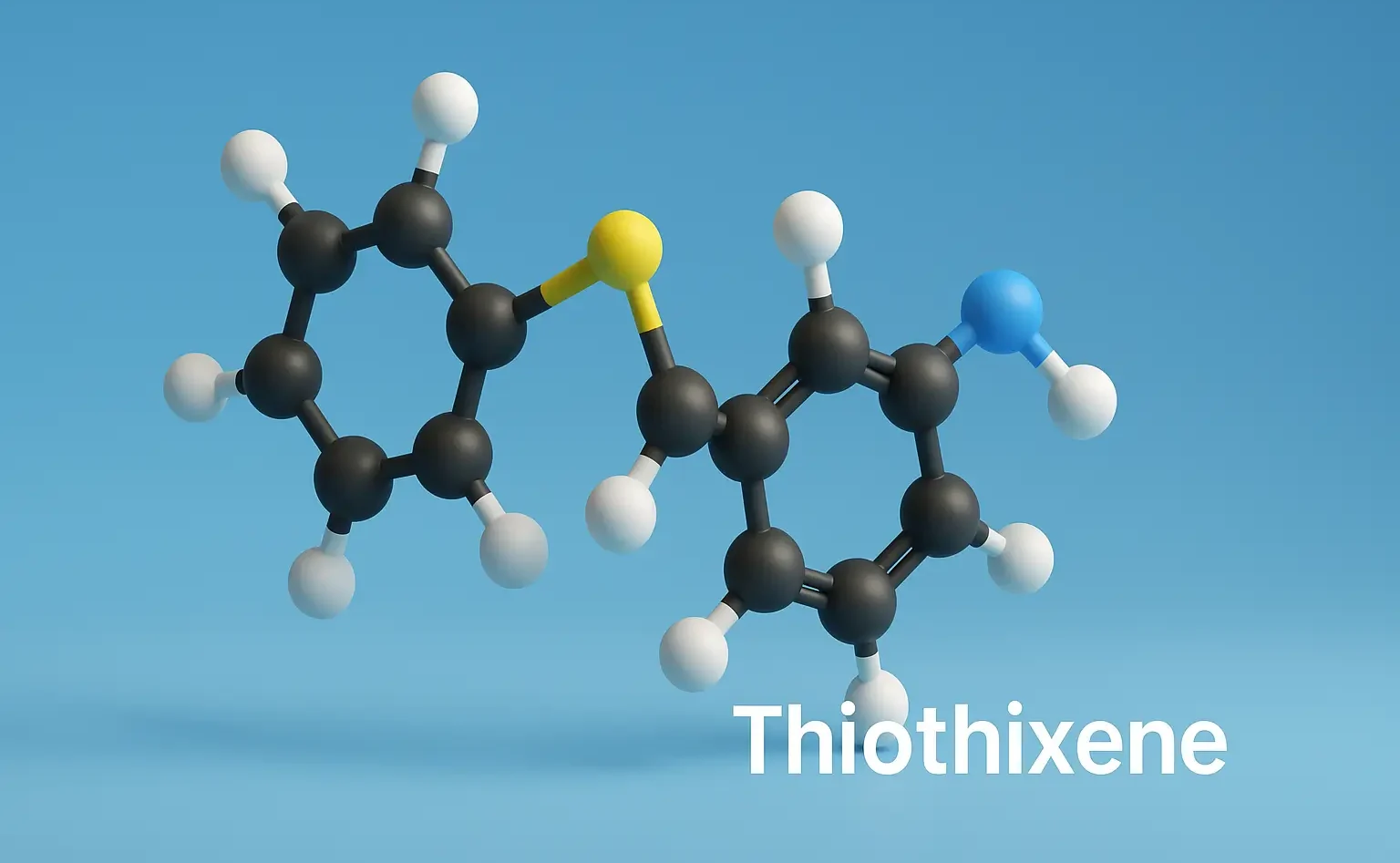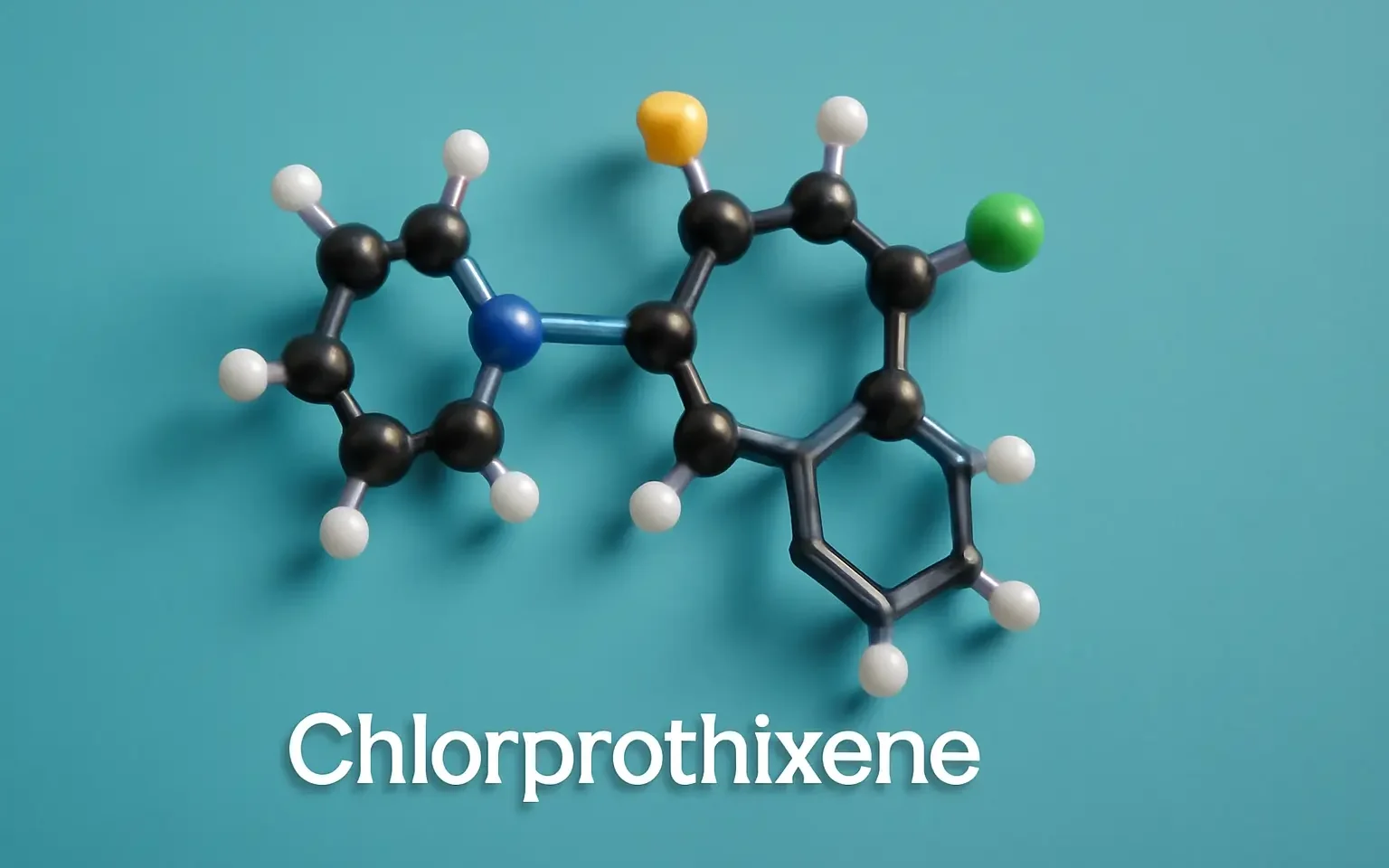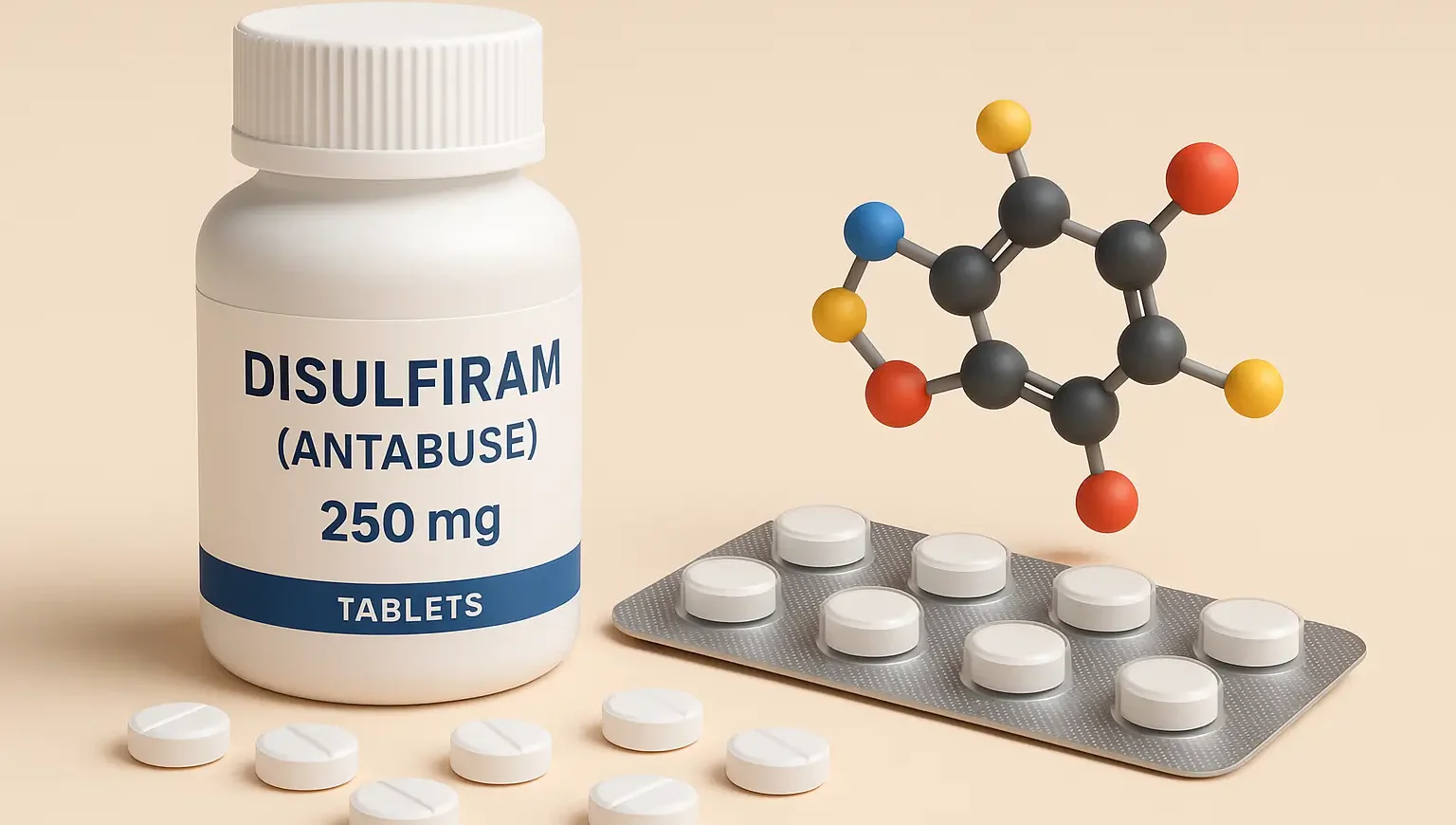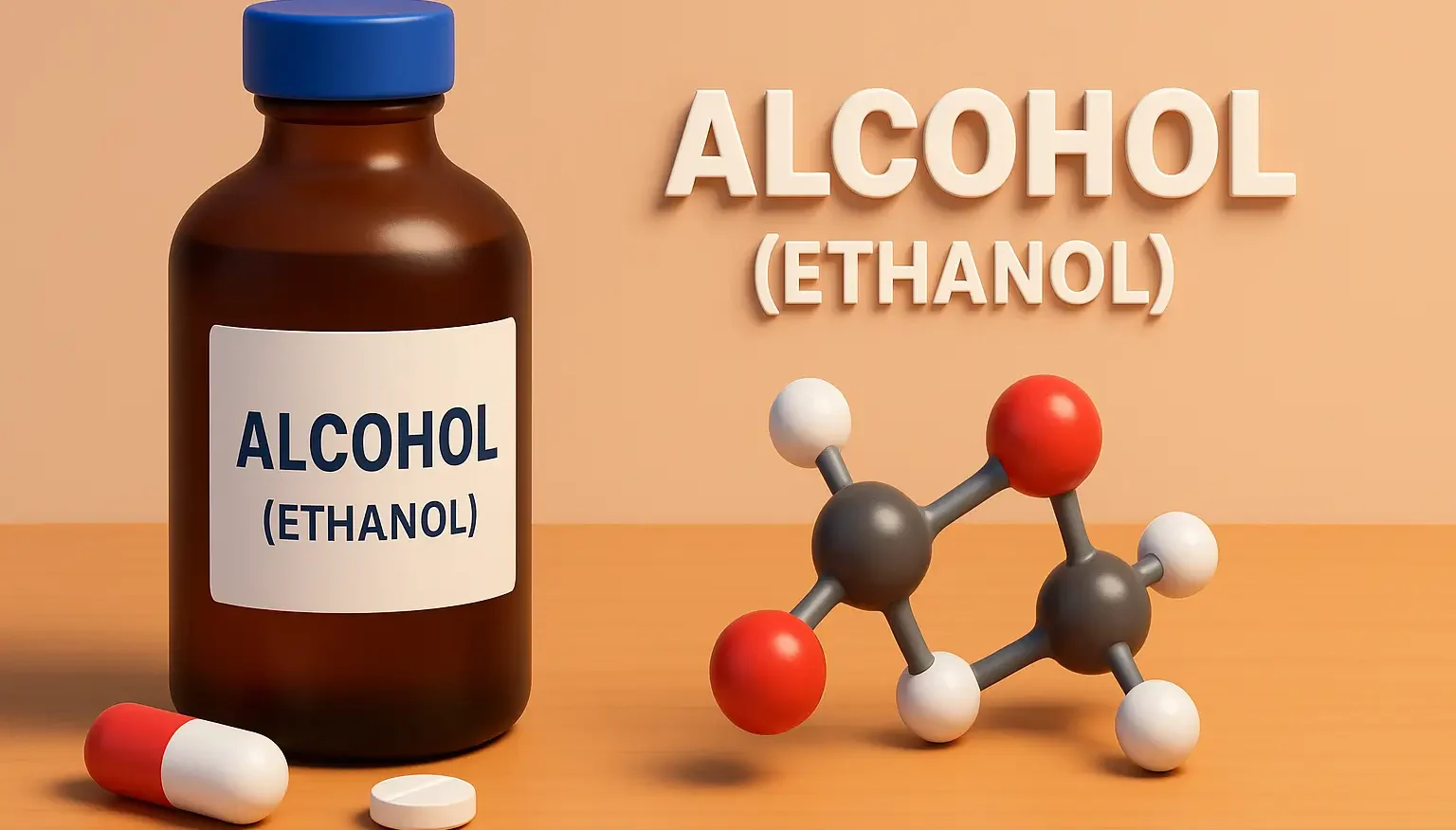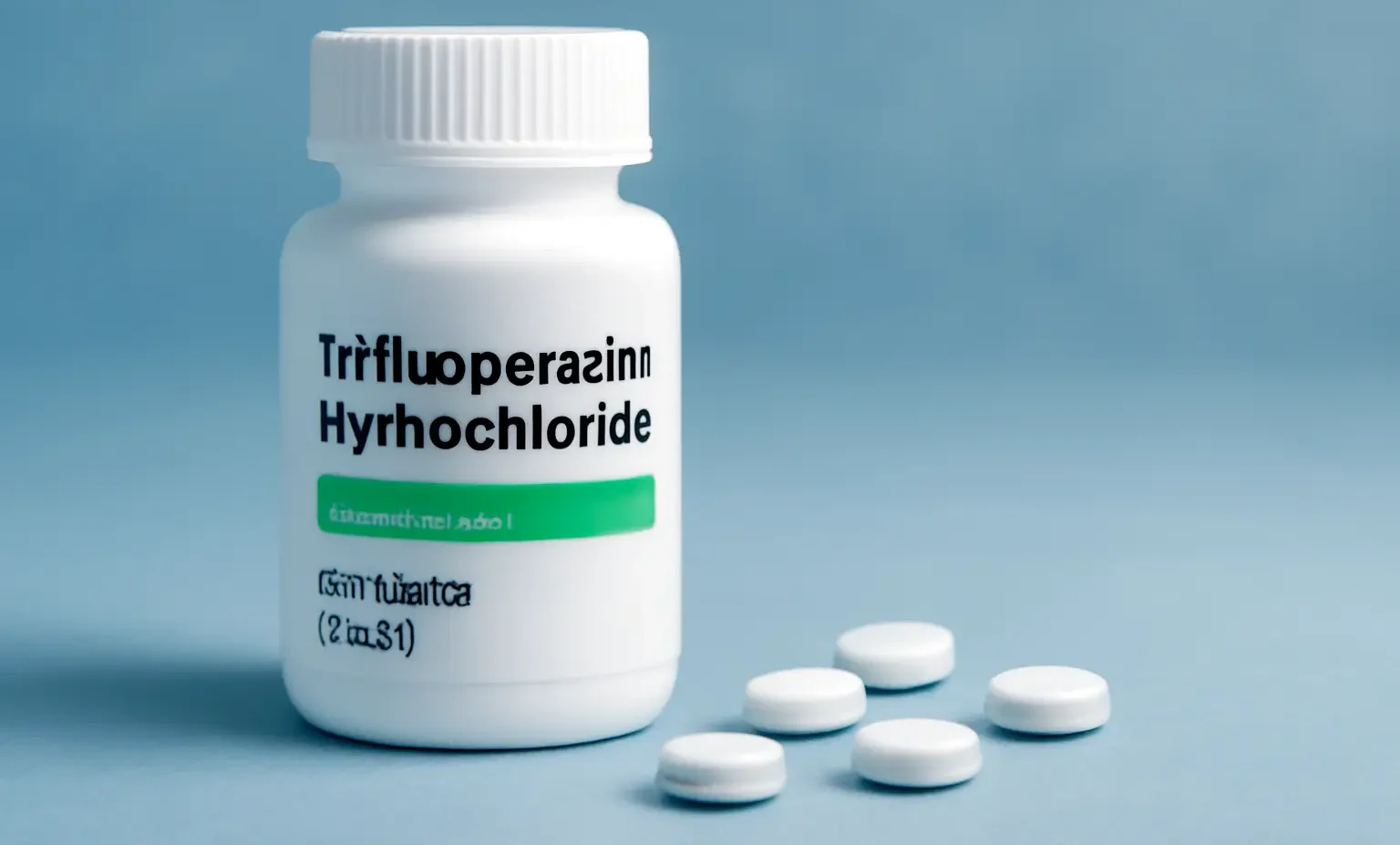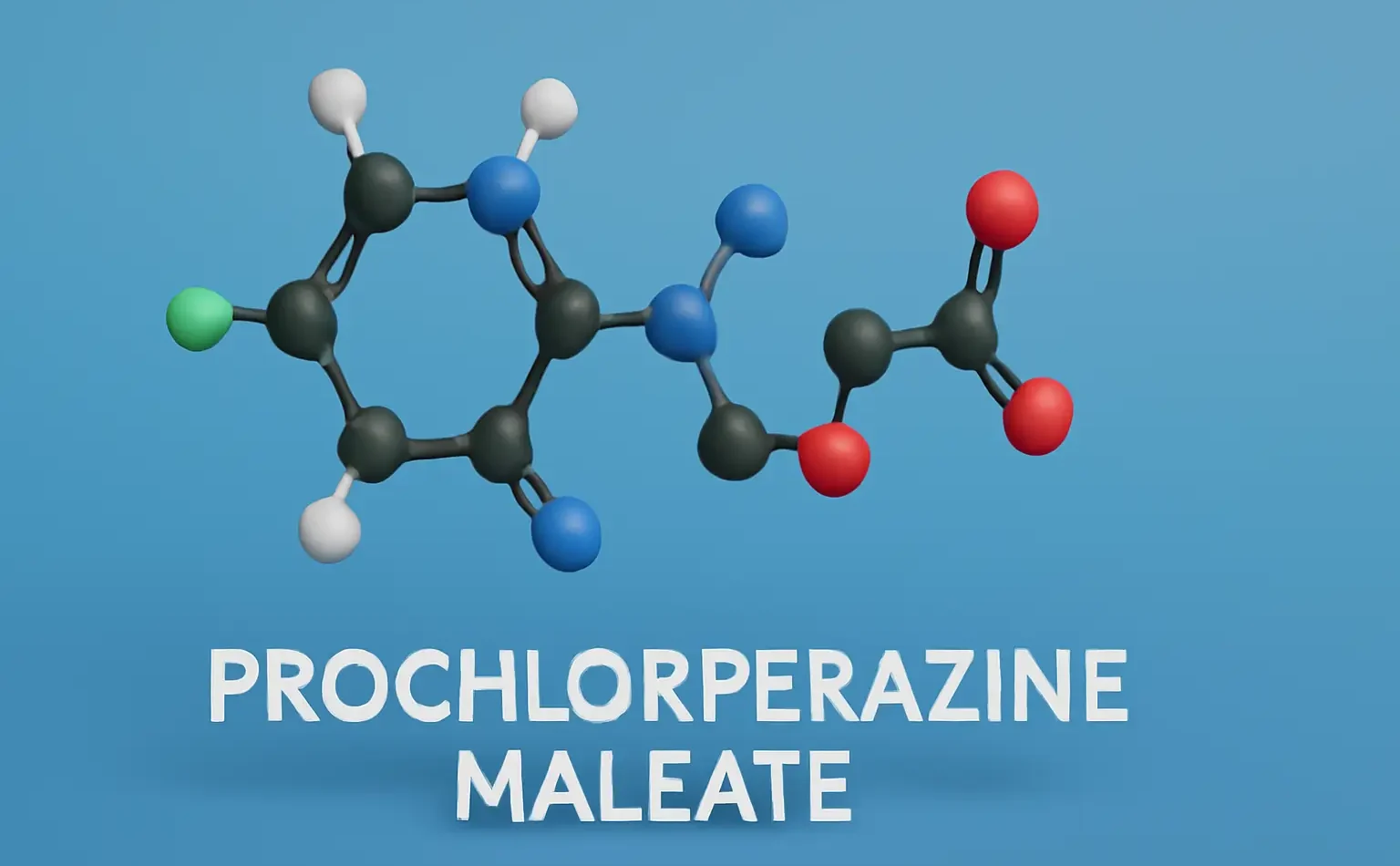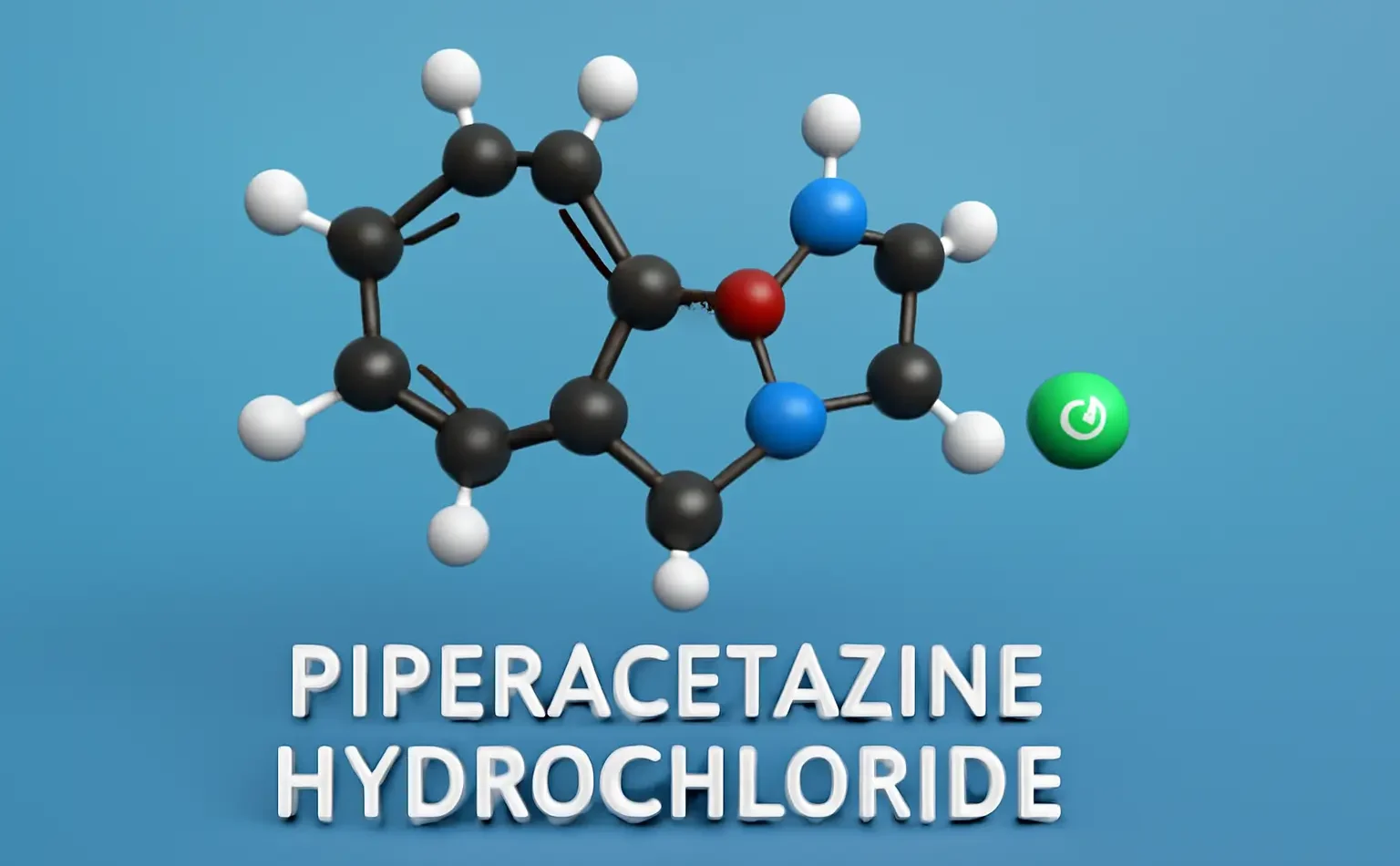Anti-Anxiety Agents (Anxiolytics)
This article explains about the Anti-anxiety agents (anxiolytics) reduce anxiety and tension by calming the central nervous system. Definition of Anti-Anxiety Agents: Drugs that relieve anxiety symptoms without causing excessive sedation. Classification of Anti-Anxiety Agents (Anxiolytics): Benzodiazepines Examples: Diazepam, Lorazepam, Alprazolam Mechanism: Enhance GABA-A receptor activity → increased Cl⁻ influx → hyperpolarization Non-benzodiazepine Anxiolytics Buspirone: … Read more

